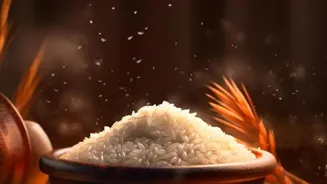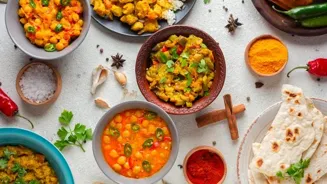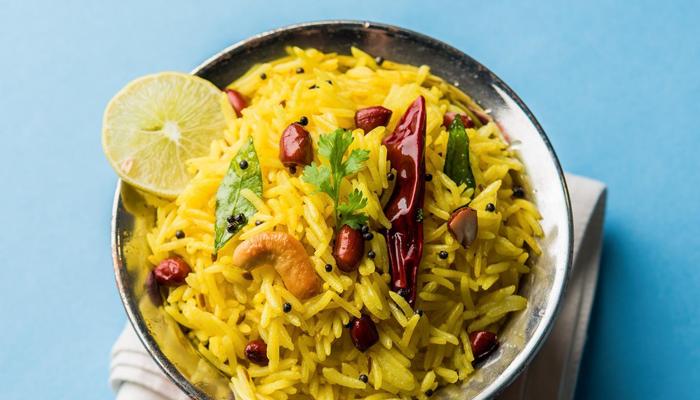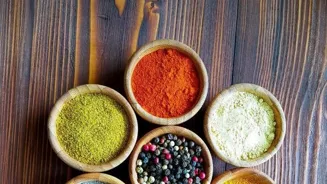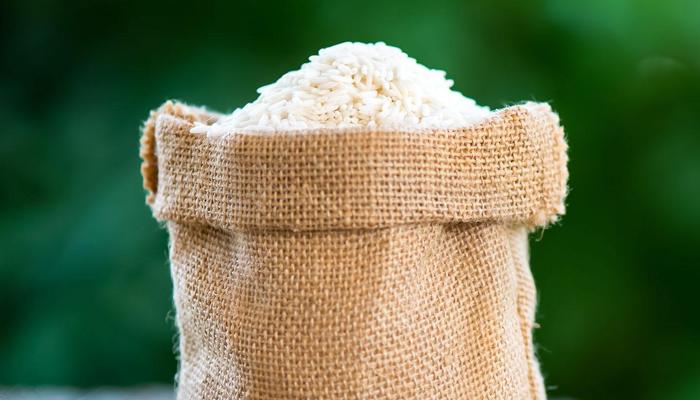Dive into the rich tapestry of Indian rice varieties, from Basmati to local gems. Explore the cultural significance and culinary legacy in every grain. Discover the journey of flavors and traditions that
define our rice heritage. Read on to uncover the deep-rooted connection between rice, community, and heritage
From the snow-capped Himalayas to the sun-kissed coasts of South India, rice is more than just a staple; it’s the heart and soul of Indian cuisine. Our journey through the landscape of Indian rice varieties reveals a legacy woven with tradition, flavour, and a deep connection to the land.
Forget plain white rice; India boasts a kaleidoscope of grains, each with its own unique story to tell. Let's explore the fascinating world of indigenous rice and its significance.
Indian rice history reveals deep cultural significance, diverse varieties nurtured over millennia
The story of Indian rice stretches back millennia, deeply intertwined with the history of our civilization. Archaeological evidence suggests rice cultivation thrived in the Indian subcontinent as early as 6500 BC.
Over centuries, farmers, through careful observation and natural selection, nurtured a staggering array of rice varieties, adapting them to diverse climates and terrains.
These varieties, often passed down through generations, represent not just food, but also cultural identity and community traditions. The aroma of a specific rice variety can evoke memories of home, of family gatherings, of festivals celebrated with age-old rituals.
These ancient grains remind us of the ingenuity of our ancestors and their intimate understanding of the natural world. They worked tirelessly to ensure that we get the best quality. These types of rice are good for health.
Basmati rice's rich heritage and versatility make it a prized Indian export
Basmati, perhaps India's most famous rice export, holds a place of pride in our culinary heritage. Originating in the foothills of the Himalayas, this long-grain aromatic rice is prized for its delicate flavour and fluffy texture.
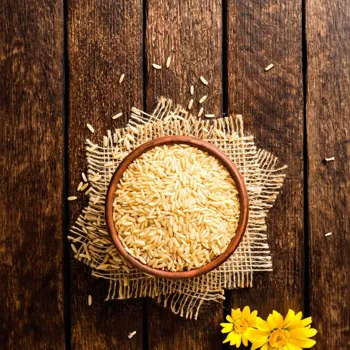
But basmati is not monolithic; several varieties exist, each with subtle nuances. There's the traditional Basmati 370, known for its intense aroma, and the newer Pusa Basmati varieties, bred for higher yields. What makes basmati special is its aging process.
Allowing the harvested rice to mature for a period of time intensifies its aroma and improves its cooking qualities. Basmati is not confined to biryanis; it shines in pulaos, sweet dishes, and even as a simple accompaniment to dal.
Indian Basmati is a type of pride as India produces rice with the best quality and exports across the world. We must take effort to make it easier for everyone and farmers
South Indian rice varieties offer diverse culinary experiences
Moving beyond Basmati, the South of India offers its own treasure trove of rice varieties. Sona Masuri, a medium-grain rice, is a staple in Andhra Pradesh and Telangana, prized for its light aroma and versatility. It's perfect for everyday meals, light and easy to digest.
Then there is the Jeerakasala rice of Kerala, small-grained and fragrant, used in preparing flavorful biryanis and ghee rice. Further south, in Tamil Nadu, you'll find Seeraga Samba, another aromatic short-grain rice with a distinctive flavour.
These regional varieties reflect the unique culinary traditions of each state, showcasing the adaptability of rice to various local preferences and cooking styles. Each variety offers a unique eating experience, making South Indian cuisine as diverse and exciting.
Preserving indigenous rice varieties for cultural heritage and agricultural resilience
The Eastern states of India, particularly West Bengal and Assam, boast a rich heritage of indigenous rice varieties. Gobindobhog, a fragrant, non-basmati rice from West Bengal, is often used in special occasions and sweet preparations. Its delicate flavour and aroma make it a much-loved rice.
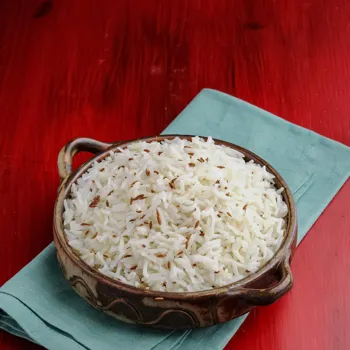
Jokha rice from Assam is unique for its soft texture and ability to be eaten as a snack after being soaked. These local varieties are not only important for culinary traditions but are linked with local customs and biodiversity.
Preserving these rice varieties is very importoant for maintaining cultural heritage and also for promoting resilience in agriculture. They add diversity to our dishes.
Revival of indigenous rice in India for sustainable agriculture
The rice heritage of India is about the past and the future. There is growing awareness of the nutritional benefits and unique tastes of indigenous rice varieties, leading to renewed interest in their cultivation and consumption.
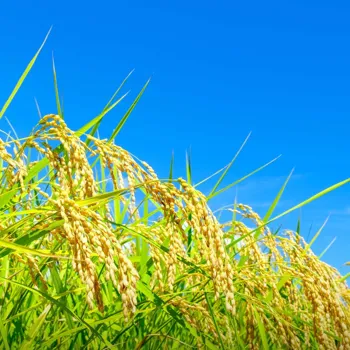
Farmers are working to conserve these varieties, often through community seed banks and organic farming practices. Chefs and food enthusiasts are also rediscovering these forgotten grains, incorporating them into modern dishes.
This revival of Indian rice isn't just about preserving tradition; it's about promoting sustainable agriculture, ensuring food security, and celebrating the rich cultural heritage of our country.
Celebrate and protect rice heritage, support farmers
As you savour your next plate of rice, take a moment to appreciate the long and fascinating journey it has undertaken. From the fields to your plate, each grain carries with it the stories of farmers, traditions, and the incredible diversity of India.
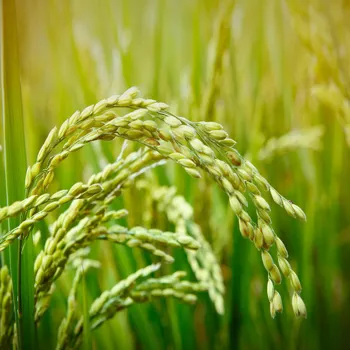
So, let’s celebrate and protect our rice heritage, ensuring that future generations can enjoy the flavours and traditions that are very important part of our culture. Let's also support the farmers who work hard to cultivate these amazing grains.
